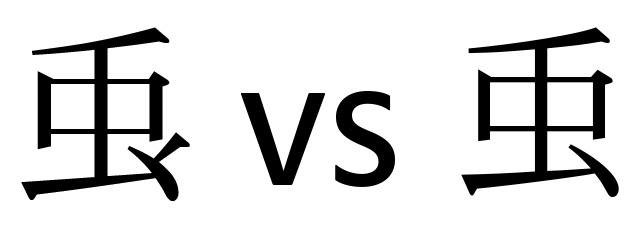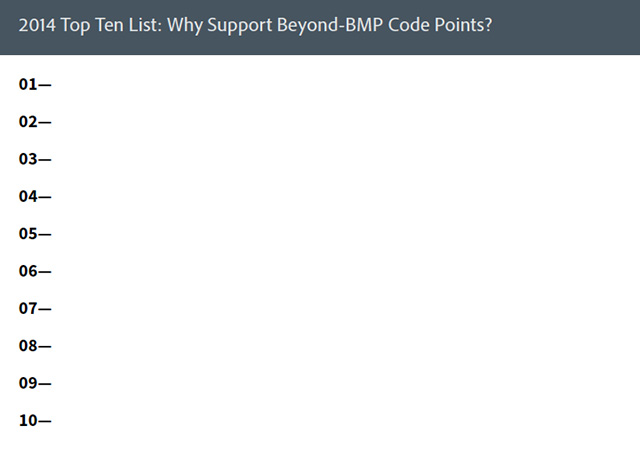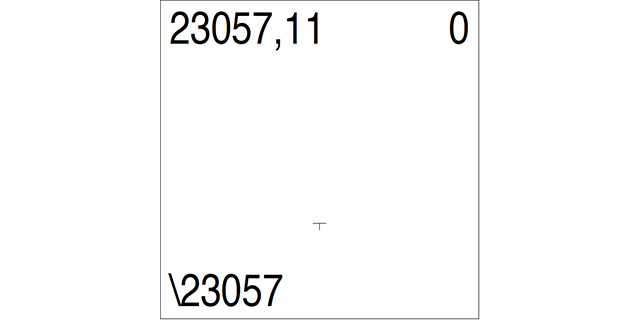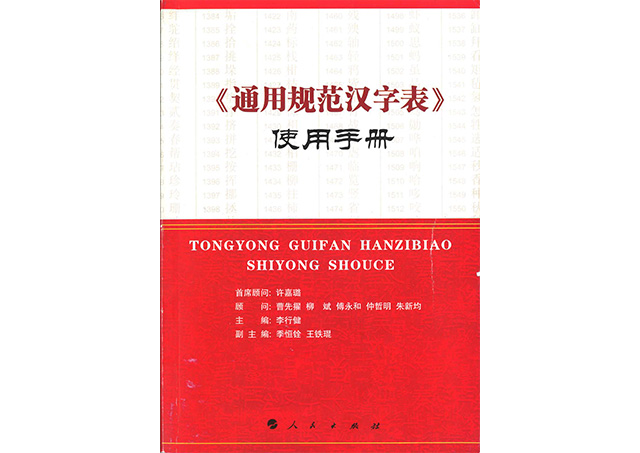Most Japanese font developers are—perhaps painfully—aware of the 168 kanji whose prototypical glyphs changed in 2004 via the JIS X 0213:2004 standard. What is not broadly known are those kanji whose prototypical glyphs are different between JIS X 0212-1990 and JIS X 0213 (both versions).

JIS X 0212-1990 was established in 1990, and included 5,801 kanji in a single block. JIS X 0213:2000 was established a full ten years later, and included 3,685 kanji in two levels (1,249 kanji in Level 3, and 2,436 in level 4). Ten additional kanji were added in JIS X 0213:2004, bringing the total to 3,695. When the Unicode code points that correspond to these two JIS standards are compared, 2,743 of them are common, 3,058 are specific to JIS X 0212-1990, and 952 are specific to JIS X 0213:2004.
Interestingly, when the prototypical glyphs of the 2,743 kanji that are in common—in terms of having a shared Unicode code point—are compared, 31 of them are different. I prepared a single-page table that shows the differences using genuine Heisei Mincho W3 (平成明朝W3) glyphs, which also provides Adobe-Japan1-6 CIDs for all but three of the JIS X 0212-1990 prototypical glyphs (these three glyphs are thus candidates for Adobe-Japan1-7). Also, all of the JIS X 0213 kanji are from the original 2000 version, except for the one that corresponds to U+7626 that was introduced in 2004. This character’s entry is shaded in the PDF.









